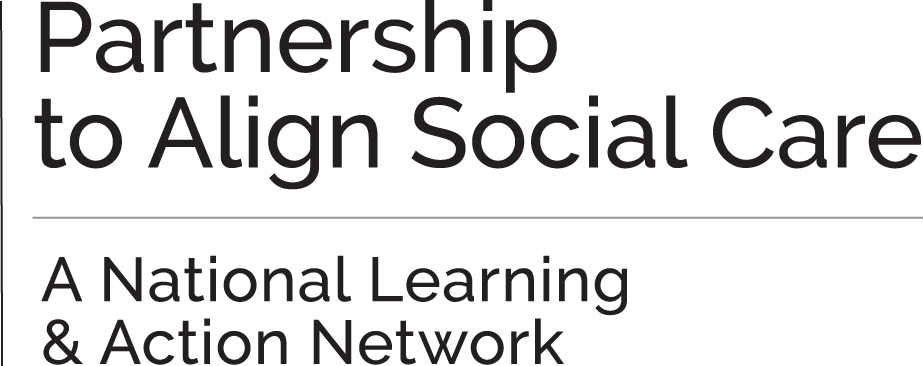Overview:
Funder
Robert Wood Johnson Foundation (RWJF), awarded July 1, 2023
Goal
Use an ECHO learning framework to develop and document community-driven models of care that using Multi-Payer Alignment to implement Community Health Integration (CHI) HCPCS codes.
Objectives
- Organize community-clinical teams to implement CHI HCPCS codes as a multi-payer alignment (APM) strategy.
- Document the steps to implementing CHI HCPCS codes using evidence-informed models that leverage blending and braiding public-private resources to address HRSNs.
- Promote achievement of Medicaid Value-Based contracting goals through the adoption of community-driven CHI model of care, into APMs, with multi-payer alignment.
- Conduct process and outcome evaluation of the CHI model of care implementation and multi-payer alignment of APMs.
ECHO Learning Framework Approach
The ECHO learning framework uses anonymized case studies to facilitate team-based situational learning. The application of the ECHO learning framework to CHI implementation will focus on organizing a community-clinical team to address the root causes of unmet HRSNs, deploying targeted interventions to overcome contributing factors to poor population health, screening for health-related social needs (HRSNs), deploying HRSN interventions, and monitoring the health outcomes achieved through HRSN intervention deployment. The initial focus of HRSN interventions will include the deployment of solutions in the following:
HRSN categories:
- Housing Insecurity
- Food Insecurity
- Transportation Insecurity
- Medication and Healthcare Access
- Disease self-management capacity
- Health literacy
- Income Insecurity that impacts healthcare/medication access
Learn More about the HELC:
Community-Clinical Teams
The learning collaborative brings together more than 40 community-clinical teams, that include at least one of each of the following stakeholders on the team:
- Medical Providers (i.e., Group Medical Practices, Solo-Practitioners, FQHCs/RHCs, etc.)
- Community Care Hub/Community-Based Organization
- Health System/Hospital
- Health Plan (Can be TBD at time of application)
Each community-clinical team will work with subject matter experts to implement Community Health Integration HCPCS codes, as a single model of care; and support multi-payer alignment with this model of care into Alternative Payment/Value-Based Payment (APM/VBC) contracting goals. As a multi-payer alignment strategy, each community-clinical team will implement the CHI HCPCS codes into a model of care with defined health outcome quality measures. The APM model design will include clinical outcomes into the APM quality measure requirements. and use CHI HCPCS implementation as the model to drive goal attainment. The multi-payer alignment strategy will include approaches to achieve alignment with payers in each of the following categories:
- Original Medicare (Medicare and Dual-Eligible Beneficiaries)
- Medicaid/Medicaid MCOs
- Medicare Advantage
- Special Needs Plans (D-SNPs / C-SNPs)
- FIDE / HIDE SNPs
- Medicaid MLTSS



